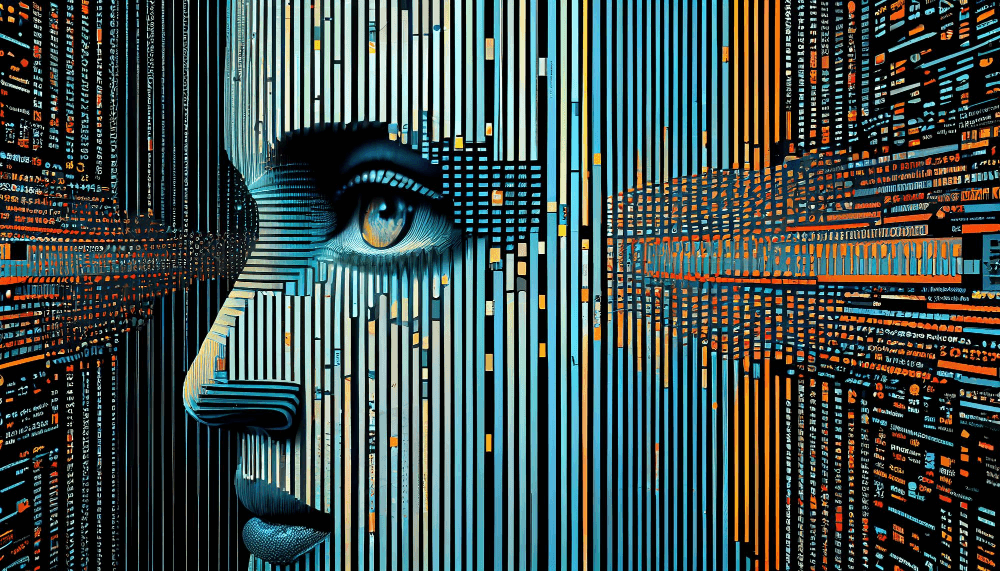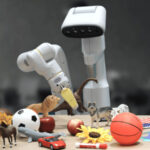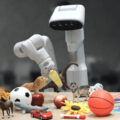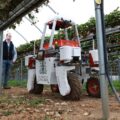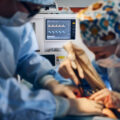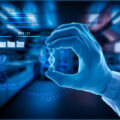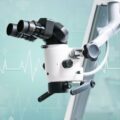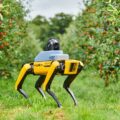In the realm of robotics, sensors serve as the essential sensory organs of machines, enabling them to perceive and interact with their surroundings. From industrial automation to healthcare and beyond, robotics sensors play a pivotal role in enhancing perception, navigation, and collaboration. In this knowledge-based blog post, I embark on a comprehensive journey through the fascinating world of robotics sensors, unraveling the various types, their functionalities, and their remarkable applications across different industries.
Vision Sensors: Unveiling the Visual Frontier
Vision sensors are the eyes of robots, allowing them to see and interpret the world around them. This section delves into the significance of vision sensors in robotic perception and object recognition. It explores different types of vision sensors, including camera-based sensors and depth cameras, and their role in enabling robots to construct 3D maps of their environment. Real-world applications are showcased, such as autonomous vehicles, surveillance systems, and robotics in agriculture, where vision sensors revolutionize the way robots interact with visual data.
Tactile Sensors: Touching the Future of Robotics
Tactile sensors enable robots to sense and respond to physical contact, akin to the sense of touch in humans. This section highlights the vital role of tactile sensors in enabling robots to interact and feel their surroundings. It delves into different types of tactile sensors, such as pressure sensors, force sensors, and proximity sensors, and their diverse applications. Examples include medical robotics, prosthetics, and delicate object handling, where tactile sensors enhance robots’ ability to perceive and manipulate objects in a more human-like manner.
Lidar Sensors: Illuminating the Robotics Landscape
Lidar (Light Detection and Ranging) sensors utilize laser light to measure distances and create detailed 3D maps of the environment. This section explores the principles and capabilities of Lidar technology in robotics. It explains how Lidar sensors contribute to perception, mapping, and obstacle detection for robots operating in dynamic environments. Real-world examples, including autonomous navigation systems, robotics in logistics, and urban planning, demonstrate the significance of Lidar sensors in shaping the future of robotics.
Proximity Sensors: Safeguarding Robots and Humans Alike
Proximity sensors play a crucial role in ensuring the safety of robots and humans in shared spaces. This section dives into the significance of proximity sensors in robotics safety. It discusses different types of proximity sensors, such as capacitive, inductive, and ultrasonic sensors, their mechanisms, and their wide range of applications. Examples include collision avoidance systems, human-robot interaction, and industrial automation, where proximity sensors contribute to creating safer and more efficient robotic systems.
Haptic Sensors: Bridging the Gap Between Robots and Humans
Haptic sensors enable robots to sense and provide tactile feedback, enabling more immersive and interactive experiences. This section explores the concept of haptic sensors and their role in bridging the gap between robots and humans. It delves into applications in virtual reality, teleoperation, and robotic surgery, where haptic sensors enhance the sense of touch and enable more intuitive human-robot interactions. The section also discusses the ongoing innovations and challenges in haptic sensor technology.
The field of robotics sensors encompasses a diverse range of technologies that enable machines to perceive, interpret, and interact with the world around them. From vision sensors providing visual acuity to tactile sensors mimicking the sense of touch, and from Lidar sensors enabling spatial understanding to proximity sensors ensuring safety, each type of robotics sensor has its unique role to play. By understanding the multifaceted world of robotics sensors and their remarkable applications, we gain a deeper appreciation for how they shape the future of robotics, revolutionizing industries and transforming the way we live and work alongside machines.
